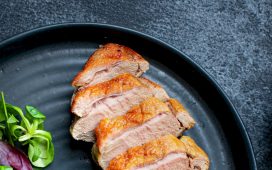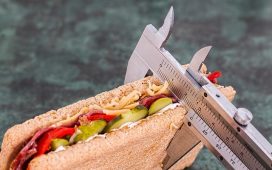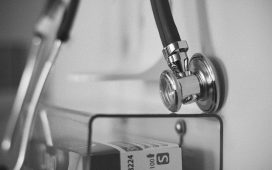Image credit: Imagesource.io
After orthopedic surgery, your pet will need an extended amount of time to recover and rehabilitate. You should be prepared to devote a large amount of time to the care of your pet. Caring for a pet after surgery requires extra caution. You need to be alert at all times because there is a risk for a surgical incision to reopen, not heal or become infected. The following article highlights six fantastic tips that will help your pet heal faster after veterinary orthopedic surgery.
Tip #1: Follow Your Veterinarian’s Instructions
After the orthopedic surgery, the vet surgeon will give you detailed instructions about caring properly for your pet. The general instructions that almost every vet gives after pet orthopedic surgery include:
Ensure the incision area is dry at all times. You should avoid bathing your pet for at least 15 days after its surgery. You should dry the incision areas if it is wet. Avoid sending the dog outside if it is raining, or at least cover the wound with a bandage so that it will not get wet.
Avoid applying disinfectants, antibiotic creams, ointments, or other products to the incision area. You can only do this if instructed to do so by the vet.
Avoid using hydrogen peroxide or alcohol to clean the incision. This can delay the healing and damage the cells.
Tip #2: Know What a Normal Incision Looks Like
It is essential that you know what a normal incision looks like. This will help you determine if something is wrong with the incision after orthopedic surgery. If incisions are healing properly, then it will look clean and clear around the edges. However, initially the area will look slightly pinkish-red during the initial days after the surgery.
Tip #3: Know What an Abnormal Incision Looks Like
Get in touch with your vet immediately if you notice any of the following issues in the incision area:
- Unpleasant odorous discharge (such as pus)
- Excessive redness or swelling
- Continuous blood or pus seepage
- Intermittent blood dripping for more than 24 hours
Tip #4: Check the Incision Site Twice a Day
Now that you can differentiate between normal and abnormal incisions after orthopedic surgery, you can also check the incision site daily after surgery – it is recommended that you check the incision site at least twice a day.
Tip #5: Do Not Let Your Pet Lick or Chew Its Stitches
After orthopedic surgery, your pet’s surgical wound may become itchy. Your pet may try to chew or lick the surgery wound. However, it is a misconception that a pet’s saliva works as antibacterial or antiseptic material. If a pet licks or chews the surgery wound, then the chances are high that the incision will be infected or in worst cases, the stitches can open.
Tip #6: Restrict Your Pet’s Physical Activity.
Make sure your pet is not hyper-active after the surgery, enabling any stitches to stay in their shape. Although it seems challenging not to let your pet jump here and there, being super strict will help your pet recovery sooner. If prescribed by the vet, you can put your pet on some medication to keep it calm.
When it comes to your pet, it is important to do everything by the book. Consult with your vet and have him come up with a plan for your pet after orthopedic surgery.







